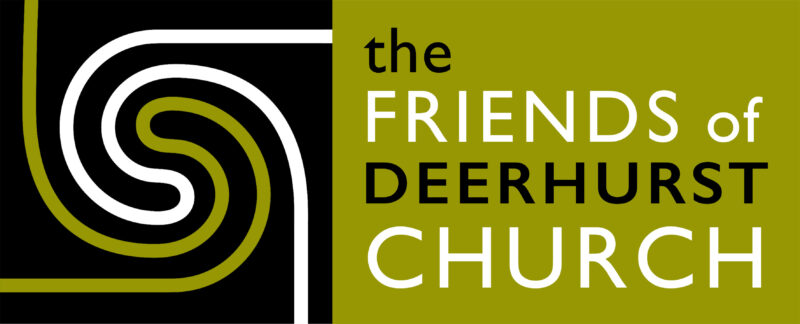HISTORY
Historic Development
The Church of St Mary is set in an ancient landscape with a deep past (see Landscape), with Bronze Age barrows and Roman villas sited within the village. This area had probably been converted to Christianity in the late Roman period (4th century) and remained Christian during the following centuries; there is evidence for Anglo-Saxon material culture in the surrounding area dating from as early as the late 5th century, although the main area of Germanic settlement lay well to the west.
Seventh Century
By the middle of the 7th century the area had become largely English-speaking following the Anglo-Saxon invasions and formed part of a small kingdom in the south-west Midlands known as the Hwicce (taking in present-day Worcestershire, the south-west of Warwickshire and Gloucestershire excluding the Forest of Dean). In the late 7th and 8th centuries the church was extensively reorganized under these new rulers, and it was probably between 675 and 750 that Deerhurst was first established as a minster church. Minster churches with their religious communities were founded as places of mission and pastoral care for large areas around them. In the course of the 8th century the Hwicce became increasingly subordinate to the kingdom of Mercia, which became the dominant power in southern England under rulers such as Æthelbald (716–57) and Offa (757–96). Around 780 the Hwicce were wholly absorbed into the Mercian kingdom; the Hwicce were no longer ruled by kings or sub-kings but by Mercian ealdormen. The first known ealdorman of the Hwicce was Æthelmund, recorded in the early 790s; he served Offa and his successor, Coenwulf (796–821).
Æthelmund was killed in battle in 802, having crossed the Thames into Wiltshire at Kempsford. This was probably a Mercian attempt to intervene in the succession to the West Saxon kingdom. The battle of Kempsford is significant in English history for the West Saxons were able to elect Ecgberht (802–39) as their king. By the late 820s and 830s Ecgberht had established Wessex as the dominant power in England, and he was the founding member of the dynasty which went on to establish the English kingdom in the course of the 10th century; his grandson was Alfred the Great (871–99) and Alfred’s grandson was Æthelstan (924–39), the first king of all England.
After the battle of Kempsford Æthelmund’s body seems to have been brought to Deerhurst for burial. Shortly afterwards (around 804) his son Æthelric went on pilgrimage to Rome, a visit which is reflected in a carving of the Virgin and Child with a Byzantine iconography unique in northern Europe (see Art and Architecture). Æthelric’s will survives in an 11th-century copy, and he bequeathed extensive lands to the religious community at Deerhurst. Like his father Æthelric was also buried at Deerhurst (at an unknown date before 824). It is likely that the community here commemorated their benefactors through singing psalms, celebrating masses and giving alms to people in need.
Ninth century
Recent studies suggest that it was in the early 9th century that much of the surviving Anglo-Saxon structure was built (see Art & Architecture). It is remarkable to think that the church was already in existence at a time not long after the first Viking raids on Lindisfarne in 793 and more than a century before the English kingdom was first created under King Æthelstan.
Deerhurst remained as one of the most important religious foundations in Mercia in the 9th century, which was a period of mixed fortunes for the Anglo-Saxon church, leaving small pockets of learning (most notably nearby at Worcester, the diocese in which Deerhurst lay). The kingdom of Mercia collapsed in the face of Viking attacks, eastern Mercia falling under Viking control. The Viking Great Army spent the first half of the winter in 877–8 at Gloucester. This must have been a grim time for the community of Deerhurst, which may well have fled with its relics and treasures to a place of security, perhaps Winchcombe or Worcester. Alfred inflicted a decisive defeat on the Great Army at Edington (Wilts) in 878. In the early 880s Alfred absorbed the surviving rump of western Mercia into the West Saxon kingdom. From around this time Deerhurst and other religious houses undoubtedly benefitted from the building of the fortress or burh at the former Roman town of Gloucester to its south, one of those built to counter the Viking threat by the new rulers of Mercia – King Alfred’s daughter, Æthelflaed, and her husband Æthelred, a Mercian ealdorman.
Eleventh century
Sadly there is little source material to tell us about the fluctuations in the fortunes of the religious community at Deerhurst in the remainder of the Anglo-Saxon period, but it is clear that it maintained a substantial landed endowment. A life of St Ælfheah (later known as St Alphege), written in the late 11th century, states that he began his ecclesiastical career at Deerhurst. If correct this would place Alphege at Deerhurst in the 950s or 960s. Unfortunately, the source is unreliable, and we cannot be sure of the connection with Alphege. Nevertheless, we celebrate our link to him. Alphege went on to become Archbishop of Canterbury and was martyred by the Danes at Greenwich in 1012.
Deerhurst played an important role in 1016 when King Cnut of Denmark and King Edmund Ironside met at Deerhurst on an island called Olanig in the Severn; there they made peace and divided England between them. However, Edmund died shortly after, and Cnut became king of England (1016–35). In the middle of the 11th century Deerhurst was the principal residence of Earl Odda, then one of the most important men in England and a kinsman of Edward the Confessor. Odda died in 1056 soon after the dedication of a second church building now known as Odda’s Chapel, built by him ‘for the soul’ of his brother Ælfric who had died at Deerhurst in 1053. This is a single two-cell building of nave and chancel, and is dated 1056 by an inscription which is now on display in the Ashmolean Museum in Oxford.
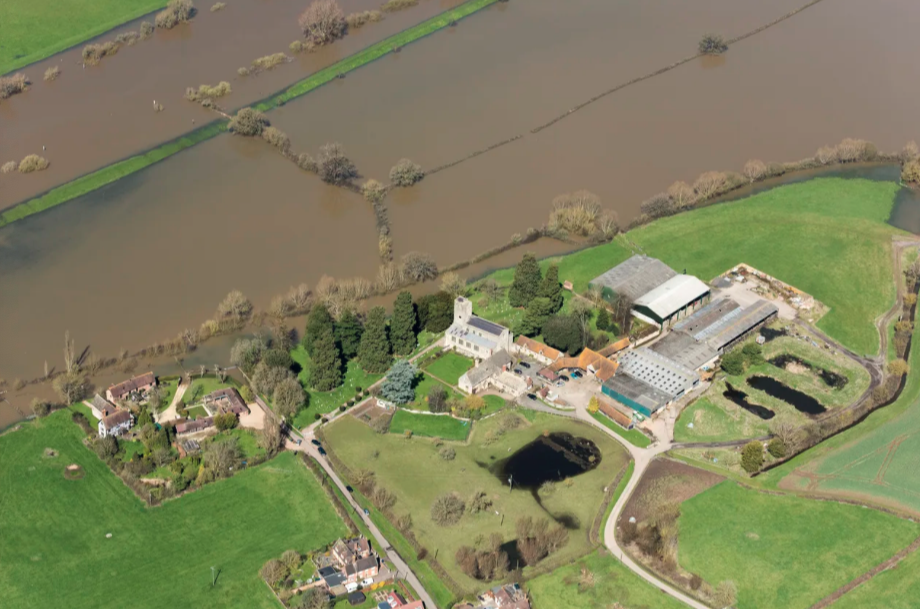
Deerhurst during flooding of the historic water meadows, showing the church and Priory Farm to the right of the image and Abbot’s Court with Odda’s Chapel to the left (Image © Historic England 33611/038).
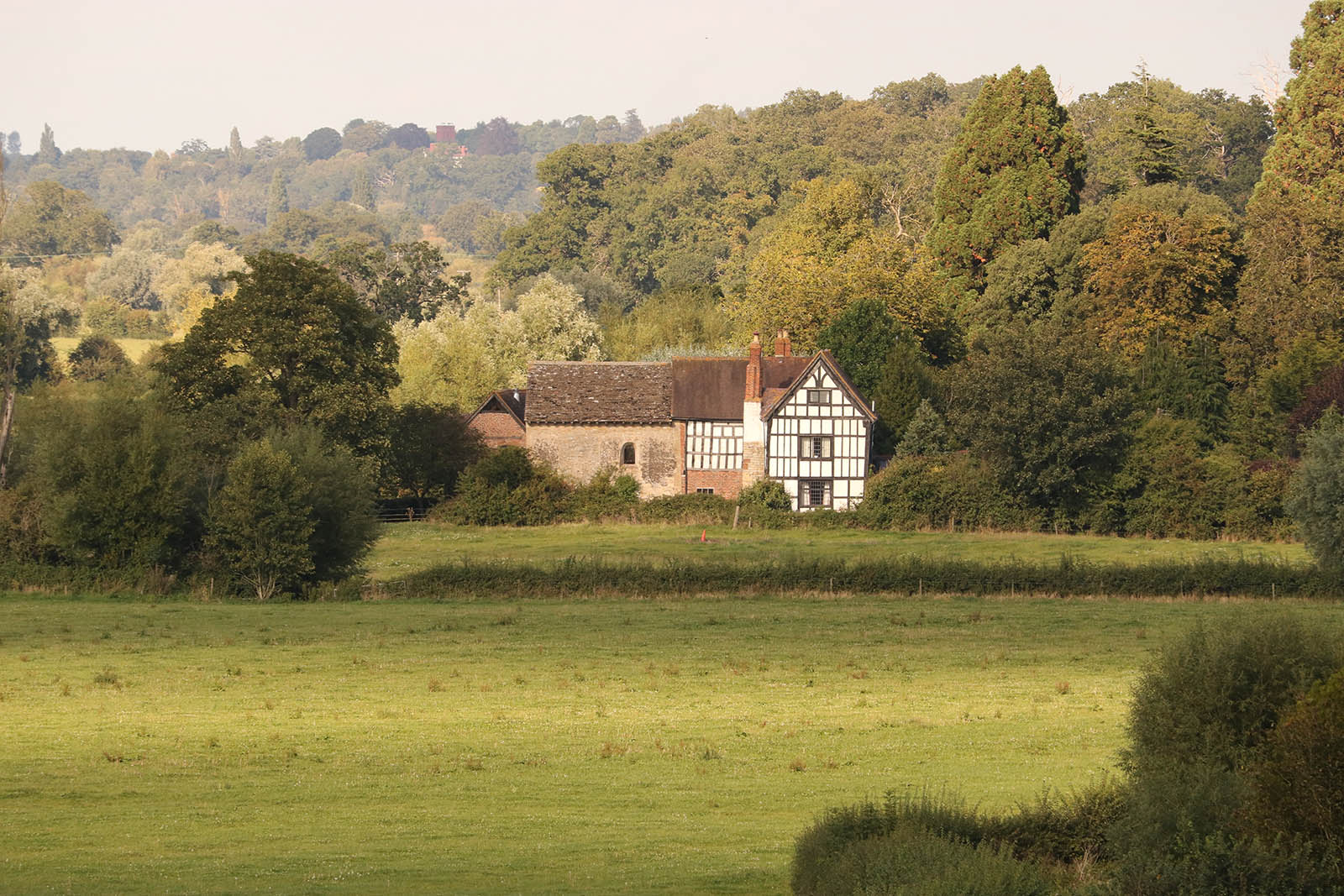
Odda’s Chapel from the south, showing also the farmhouse built on its east side in the 1590s.
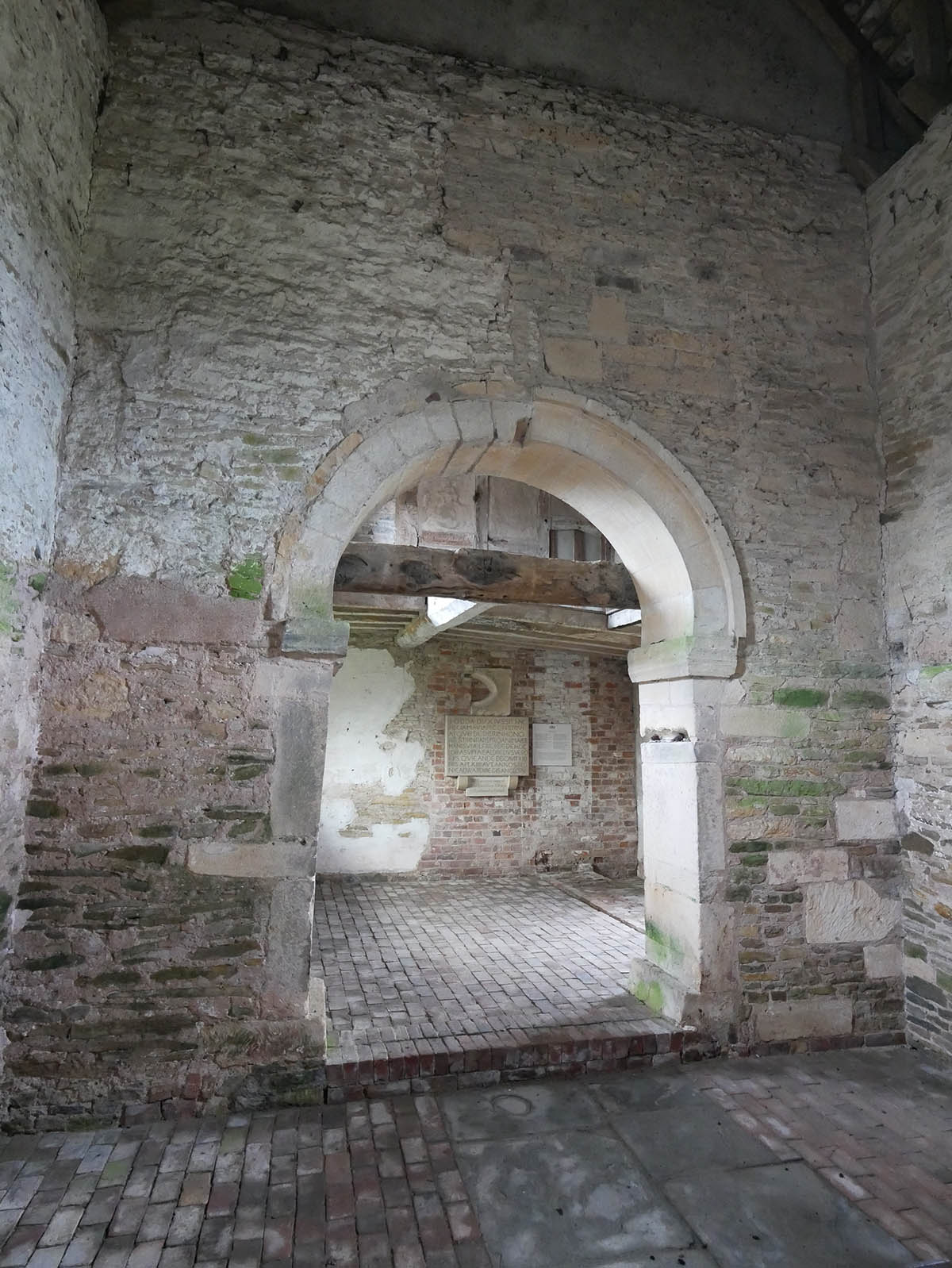
The interior of Odda’s Chapel, looking east. The inscription is a copy of that discovered by Sir John Powell in 1675, now on display in the Ashmolean Museum in Oxford and considered to be the finest to have survived from pre-Conquest England.
After Odda’s Death
After Odda’s death the parish church and its estates were given to the monastery of St-Denis near Paris by King William the Conqueror in 1069; Deerhurst became an alien priory, a cell of St-Denis, and the church served both the small number of monks and the parishioners. Odda’s own lands passed to Edward the Confessor who in turn granted them to Westminster Abbey, which he rebuilt and where he was buried. Subsequently, after the Norman Conquest, the division of Deerhurst between two distant landlords meant that it lost the importance it had hitherto enjoyed; this is one of the reasons why there are two surviving early churches at Deerhurst. The rise of nearby Tewkesbury as the principal market centre in the area is doubtless another factor.
Evidence of Fire
There is evidence, visible in the reddening and cracking of stone in parts of the parish church, for a severe fire which has been dated to around 1100 – possibly a result of the baronial conflict in 1088 resulting from the division of lands in England and Normandy after the death of William the Conqueror in 1087. Gloucestershire was badly affected, and other major churches are known to have been damaged at that time. The fire may also mean that the early history of the monastic cell was troubled; the first known prior, Roderick, is recorded in the 1140s.
The medieval priory
The priory buildings were constructed between the 12th and early 16th centuries; remains of the former cloister are to be found at Wightfield Manor, a mile to the south. The priory occupied a substantial site with its own chapter house, dormitory and refectory, while by the end of the medieval period there were farm buildings, fishponds and a dovecot in the southern part of the site. The monastic gatehouse was adjacent to the modern entrance to the churchyard. The priory had a chequered history during the Hundred Years War, when the possessions of St-Denis were confiscated and after which the priory eventually (in 1467) became a cell of Tewkesbury Abbey. Meanwhile the site of Odda’s residence had become the manor house for the estate of Westminster Abbey, known as Abbot’s Court. The house with its farm buildings was rebuilt on several occasions, and the chapel was altered when the farmhouse on its east side was built in the 1590s.
The church after the 1540s
After the Dissolution of the Monasteries (1536-1541, the priory here being dissolved in 1540) the priory buildings were converted to serve as a farm. Many buildings were probably demolished, but the former east range became the farmhouse. In the course of the 17th century the farm buildings seem to have shifted from the southern part of the site to the east of the church, the threshing barn and other farm buildings here dating mostly from the early-mid 19th century. The priory church became a parish church, as it remains to this day. Puritanism was active in Deerhurst in the 17th century and left what is now a unique survival in the English-speaking world in the form of the chancel seating (see Art & Architecture).
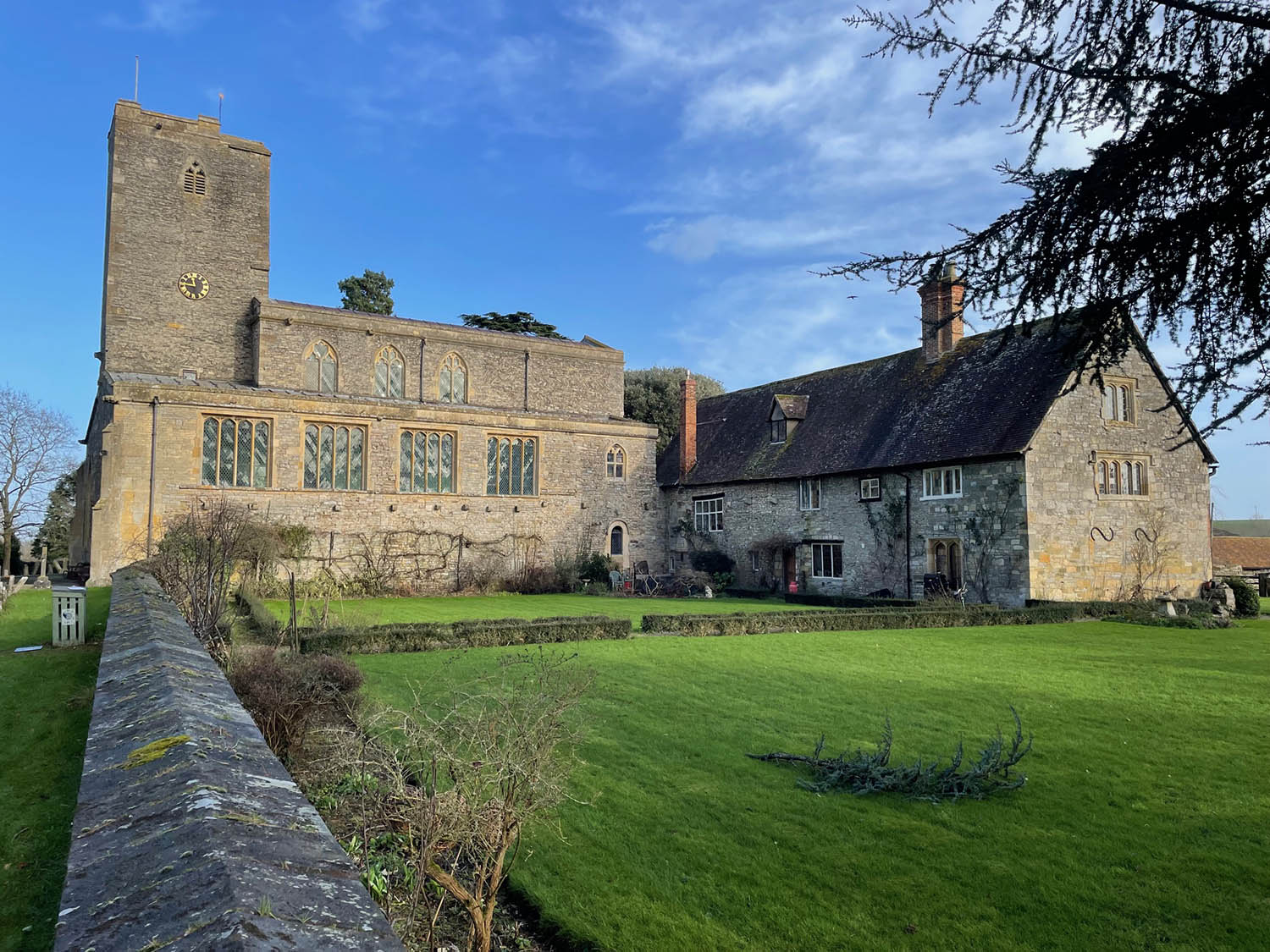
View of the church and Priory Farm from the south-west, showing the part of the medieval buildings converted into a farmhouse in the mid 16th century and corbels along the south wall of the church which indicate the location of a cloister which was demolished after the Dissolution of the Monasteries.
The Victorian church and new discoveries
By the middle of the 19th century, the church was much in need of repair, and a restoration took place in 1861–2 under the guidance of the architect William Slater. Though there were some losses which now seem regrettable, the church was not subject to the over-restoration that affected so many medieval churches in the mid-late 19th. It was also fortunate in having as its vicar George Butterworth (1822-1909), who served the parish from 1856 to 1893 and was involved in the restoration of 1861-2, when many of the Anglo-Saxon features now visible were discovered. He wrote a history of the parish published in 1887 (with an enlarged edition in 1890); this followed the discovery of Odda’s Chapel during repairs to Abbot’s Court. There is a memorial plaque in the church to his grandson George Butterworth, the composer best-known for Banks of Green Willow and A Shropshire Lad who was killed on the Somme in 1916.
Another notable local figure was the geologist and naturalist Hugh Edwin Strickland (1811-1853), who is commemorated in a fine memorial window. The manor of Deerhurst continued to be owned by Westminster Abbey until 1869, when it was transferred to the Ecclesiastical Commissioners who finally sold the estate in the late 1950s and early 1960s. Odda’s Chapel then passed to the Ministry of Public Building and Works and is now in the custody of English Heritage.
Deerhurst was one of the most notable examples of Anglo-Saxon architecture included by Harold and Joan Taylor in their magisterial survey published in 1965; the parish church has the longest entry of any church. Harold Taylor joined the archaeologist Philip Rahtz and others in the detailed investigations and excavations carried out in the early and mid 1970s.
